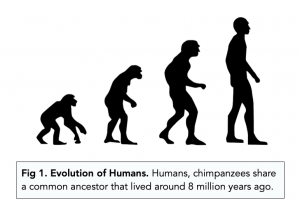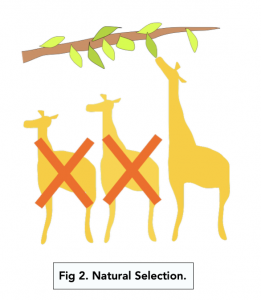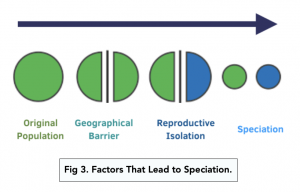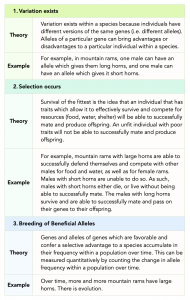Mechanism of Natural Selection (A-level Biology)
Mechanism of Natural Selection
Genetic Diversity
Genetic diversity is a measure of the number of different alleles of a particular gene within a specific population (gene pool).
Allele frequencies can be measured by sampling populations and characterising and counting the alleles of a particular gene.
The allele with the highest frequency in a population, and with a normal function, is referred to as the wild type allele.
Factors that Increase Genetic Diversity
- Mutations – mutations resulting from changes to the base sequence of DNA, or from chromosomal mutations, can result in the generation of new alleles.
- Some alleles of a gene can be lethal, resulting in the death of the organism.
- Some alleles can be beneficial, and then passed on to offspring.
- Crossing-over – crossing over during prophase I of meiosis results in changing the inheritance patterns of alleles, and sometimes even leading to new alleles being formed.
- Gene flow – sometimes new members can move into a region, leading to breeding between different populations. If you added many British Dogs to an environment of African Dogs, the genetic diversity in the African population would rise.
Sexual and Asexual Reproduction
Members of a population of sexually reproducing organisms are not genetically identical.
- Within a sexually reproducing species, each individual has the same types of genes as another individual of the species. However, they have different alleles of each gene, which makes them genetically non-identical.
- In asexually reproducing organisms, most members of a particular population of a specific species can be genetically identical to one another since no meiosis which occurs. Genetic diversity in asexual organisms is driven by random mutations in the base sequence of DNA.
Evolution and Speciation
Evolution
Evolution refers to a change in the alleles in a population of a species.
The theory of evolution states that all organisms today evolved from a single common ancestor.

Speciation and Natural Selection
Natural selection is an increase in the number of beneficial alleles in a population due to a selection pressure.

Speciation (the development of new and different species) occurred over time because sub-populations of the same species can become genetically different and adapt to their environments in different ways, eventually leading to new species.

Natural Selection
Process of Natural Selection
Whilst Charles Darwin is most credited for positing the theory of evolution, his most important contribution to science was the theory of natural selection. Natural selection is the process which drives evolution, and in this section we will take an in-depth look at this mechanism.
Here is a step-by-step breakdown of the process of natural selection:

Key Tips on Natural Selection
Here are some key tips on natural selection:
- A selection pressure is required. Natural selection relies on there being a selection pressure. If there is unlimited food, it doesn’t matter if some individuals are better at hunting – there is limited selection pressure.
- A mutation can give a beneficial characteristic. A beneficial characteristic can often arise due to mutation, which then spreads due to natural selection.
- Natural selection takes times. Natural selection and evolution happen over several generations.
Speciation
Natural selection can lead to formation of a new species if there is a split in the population. There are two types of speciation you should be aware of: allopatric speciation and sympatric speciation.
Allopatric Speciation
Let us consider allopatric speciation first.
Imagine that geographical isolation separates two populations of monkeys over two islands.

A mutation in one monkey (grey) can help improve ability to climb trees and reach food.

This mutation spreads via natural selection to the other monkeys on the same island. There is a reproductive barrier (the river) between both populations, so the mutation doesn’t spread to the other monkeys.

Over time, the two populations become so different that they can no longer breed together – two different species are formed. This process is known as allopatric speciation.
Sympatric Speciation
Now let us consider sympatric speciation.
Unlike allopatric speciation, there is no geographical isolation. The group of monkeys all live in the same place.
However, there is a split within the population, which means that some monkeys will never breed with other monkeys.
This could be for several reasons:
- The monkeys have different behaviours. Within the monkeys, there may be behavioural differences in terms of courtship or feeding patterns.
- The monkeys have different breeding seasons. Some monkeys may breed early in the year, whilst others breed later in the year.
- The monkeys are anatomically different. Not all the monkeys may have the same anatomy, making breeding physically impossible.
Over a period of time, the two populations will become so different that they can no longer breed together – two different species are formed. This process is known as sympatric speciation.





Still got a question? Leave a comment
Leave a comment